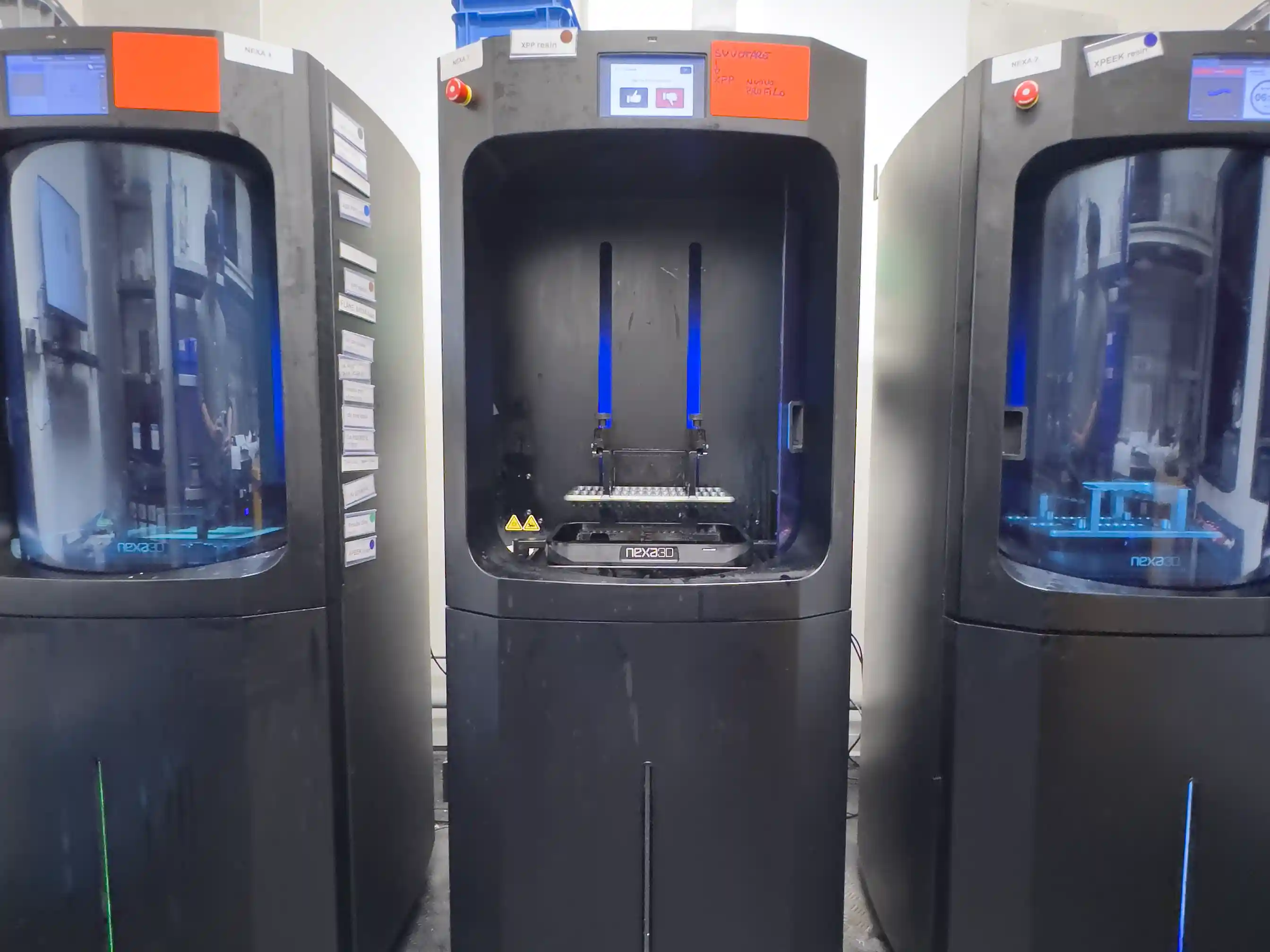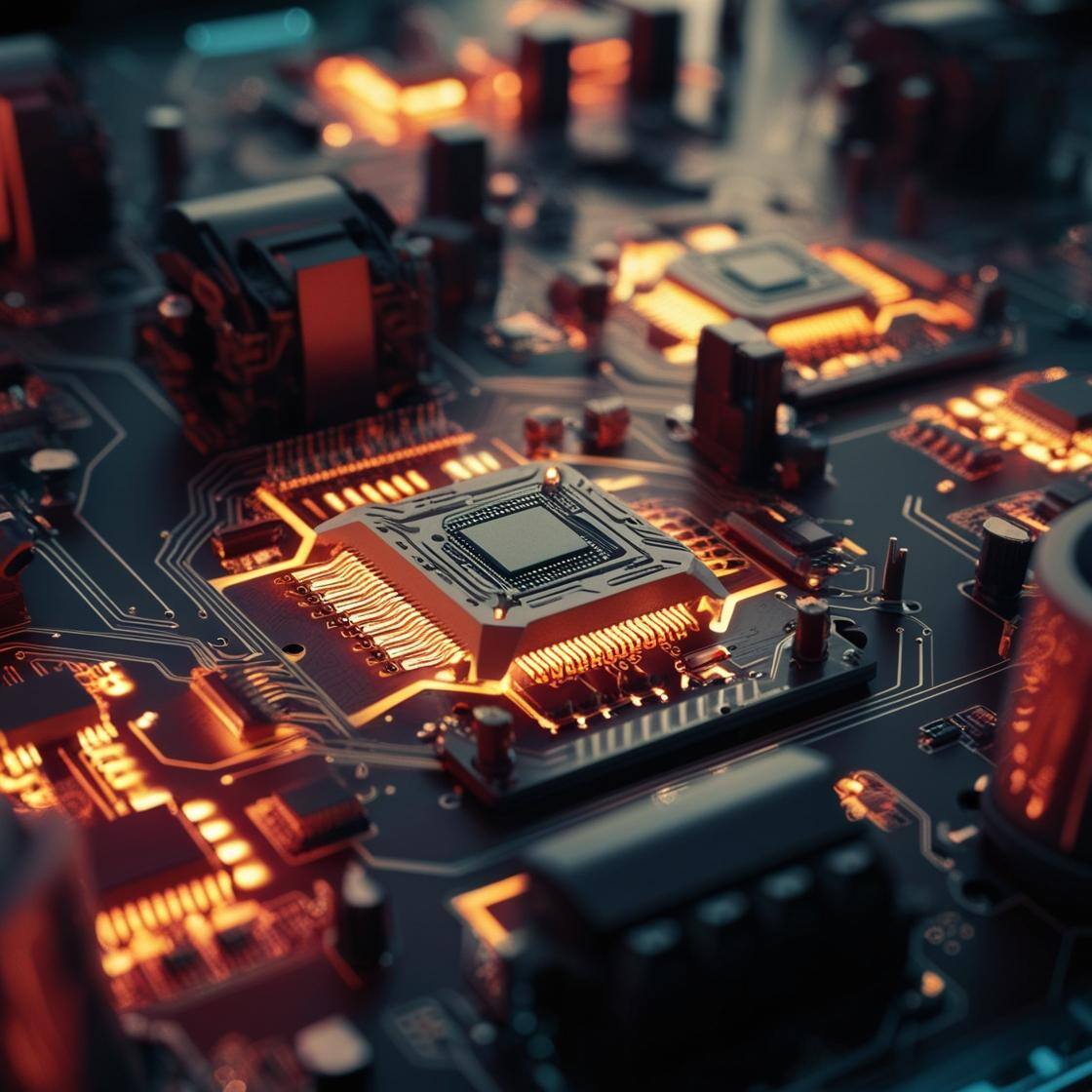6 min read
3D Printing and Nanotechnology
3D printing and nanotechnology are two fields of research and innovation that, at first glance, might appear worlds apart. The former focuses on...

3D printers have revolutionised the way we think about manufacturing and prototyping, offering virtually unlimited possibilities for hobbyists, engineers and designers. Two of the most common 3D printing technologies are resin printing (SLA/DLP) and filament printing (FDM/FFF). In this article, we will explore the main differences between these two technologies to help you choose the one best suited to your needs.

Stereolithography (or resin 3D printing) uses UV light to solidify layers of liquid photopolymer resin. The two main variants are SLA (Stereolithography) and DLP (Digital Light Processing). Both offer incredible precision and are ideal for creating models with fine detail.
FDM (Fused Deposition Modeling) or FFF (Fused Filament Fabrication) technology is based on the extrusion of a polymeric thread that is melted and deposited on the printing plate during the process, which allows an object to be made by superimposing several layers of material. It is the most widespread and well-known 3D printing technology.

The choice between a resin or wire 3D printer depends on various factors, including the type of projects you intend to realise, your budget and the level of detail required.
In summary, both technologies have their strengths and weaknesses. By considering your specific needs and priorities, you can make an informed choice that will allow you to make the most of the potential of 3D printing. At Weerg, with a single file, you can get a free instant online quote for both technologies and print your part with the material that best suits your project needs.

6 min read
3D printing and nanotechnology are two fields of research and innovation that, at first glance, might appear worlds apart. The former focuses on...

6 min read
Padel has seen exponential growth in Italy and worldwide in recent years. A glance at sports clubs in major cities and smaller towns alike reveals an...

6 min read
The game of chess boasts a history spanning millennia, seamlessly merging art, strategy, and culture into a singular experience that has captivated...